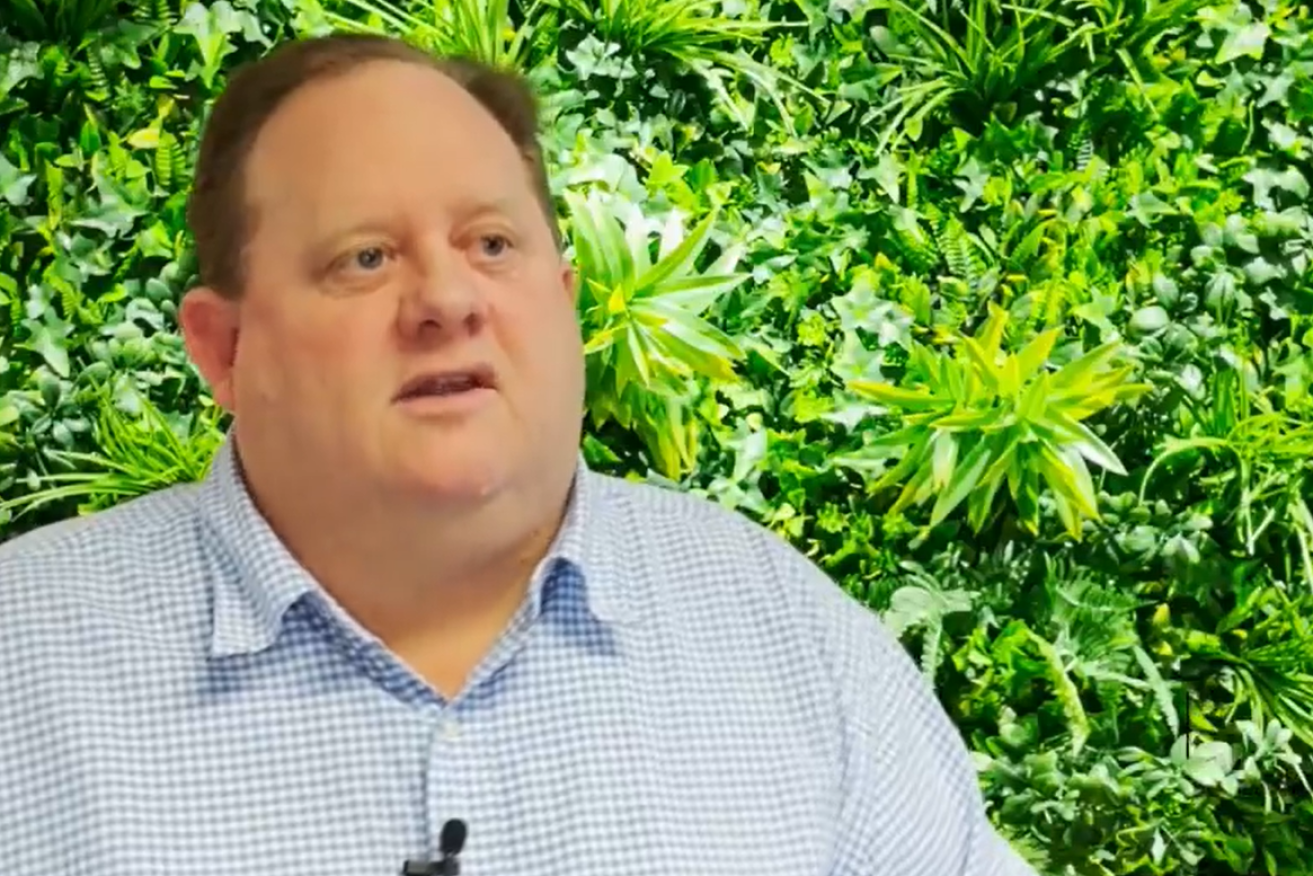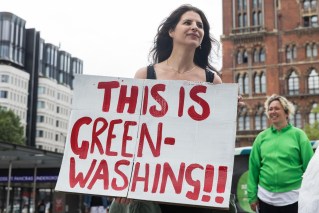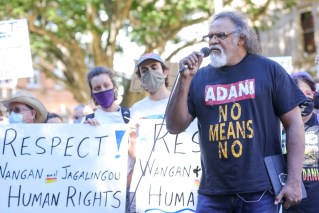‘Big personalities, big balance sheets’: Slattery reveals why he passed on $35b Sun Cable megaproject
Tech entrepreneur Bevan Slattery said if the troubled $35 billion Sun Cable project ever went ahead and failed to deliver on its promise it could have catastrophic consequences for renewable projects.


Tech entrepreneur Bevan Slattery.(Image, supplied)
Sun Cable was put into administration this week when its two biggest backers, Mike Cannon-Brookes and Andrew Forrest, could not agree on funding.
The project is unlikely to be dead and buried and could be revived by either of the billionaires or other parties.
Slattery, who has a business laying undersea telecom cables said he was invited to give his thoughts and advice on the project which has a goal of generating 17 gigawatts of solar energy in Australia and transporting it by sub-sea cable to Asia.
In his latest LinkedIn post, Slattery said he “was incredibly intrigued, but at the same time had concerns around the logistical, technical and commercial challenges of the project’’.
“Sun Cable to me seems like a project that was an ambitious idea that inspired and captured the attention of people with good intentions, big personalities and big balance sheets, but not have experience in the engineering and economic understanding of large scale, transcontinental undersea infrastructure projects,’’ he said.
“We also need to make sure that if this does indeed get funded, then it works. Because the damage to renewable investment should a megaproject such as this fail would be simply catastrophic – both from money wasted, but also because major investors would shun these types of investments in future.
“I could see so many challenges, it was daunting. These initial technical/engineering concerns were shared with the team. While I was invited to invest, I had to decline – partly due to other commitments (building a 10,000km subsea cable from Australia to Oman) but also because the risk matrix on this project was beyond my tolerances.
“Everything was solvable, but each challenge was going to take additional money to solve. Bold is probably an understatement and while I admired the vision, I struggled to see a way through an ocean of hurdles to deliver an economic return.’’
He did concede that his calculations were “back of the coaster” and Infrastructure Australia had said the project was investor ready.
“I would assume this was done based upon independent assessment of the project. Investors will be relying on this public declaration by IA and obviously they were satisfied with what they saw from the consultant reports and the company,” he said.
In August last year he sent Sun Cable, whose major investors were Andrew Forrest and Mike Cannon-Brookes, a summary of his concerns.
He said the decision this week to put Sun Cable into administration wasn’t a statement on its viability, but one which said there were differences between major shareholders about the future structure and funding arrangements.
“I’m not 100 per cent (sure) where this ends up, maybe they find an optimal structure, maybe not,” he said.
“Perhaps Sun Cable may need to/should pivot to look at solar/battery array for Australia’s domestic requirements (including transmission lines to the south/east/west.
“This has much less risk and I dare say better prospect of economic returns acceptable in the current market. It would also have a greater national benefit to Australia.’’
His note to Sun Cable detailed the technical difficulties of the project, as he saw it including the stress on cables if they had to sit on a seafloor 2500 metres below the surface and would need to cope with 300 tonnes of pressure.
He said it would have to undertake literally hundreds of crossings of submarine telecom and power cables as well as gas and oil pipeline crossings which would require unlimited liability and indemnity for each crossing and significant engineering to compensate for settlement of the heavy cables post installation.
The voltages would need to be towards the very high end in order to push that amount of power over such distance in order to avoid substantial energy losses and minimise cross-sectional cable area over such a vast distance, that in turn would require further substantial infrastructure (and significant land) especially at the Singapore end to down covert, in a country with limited land available.












